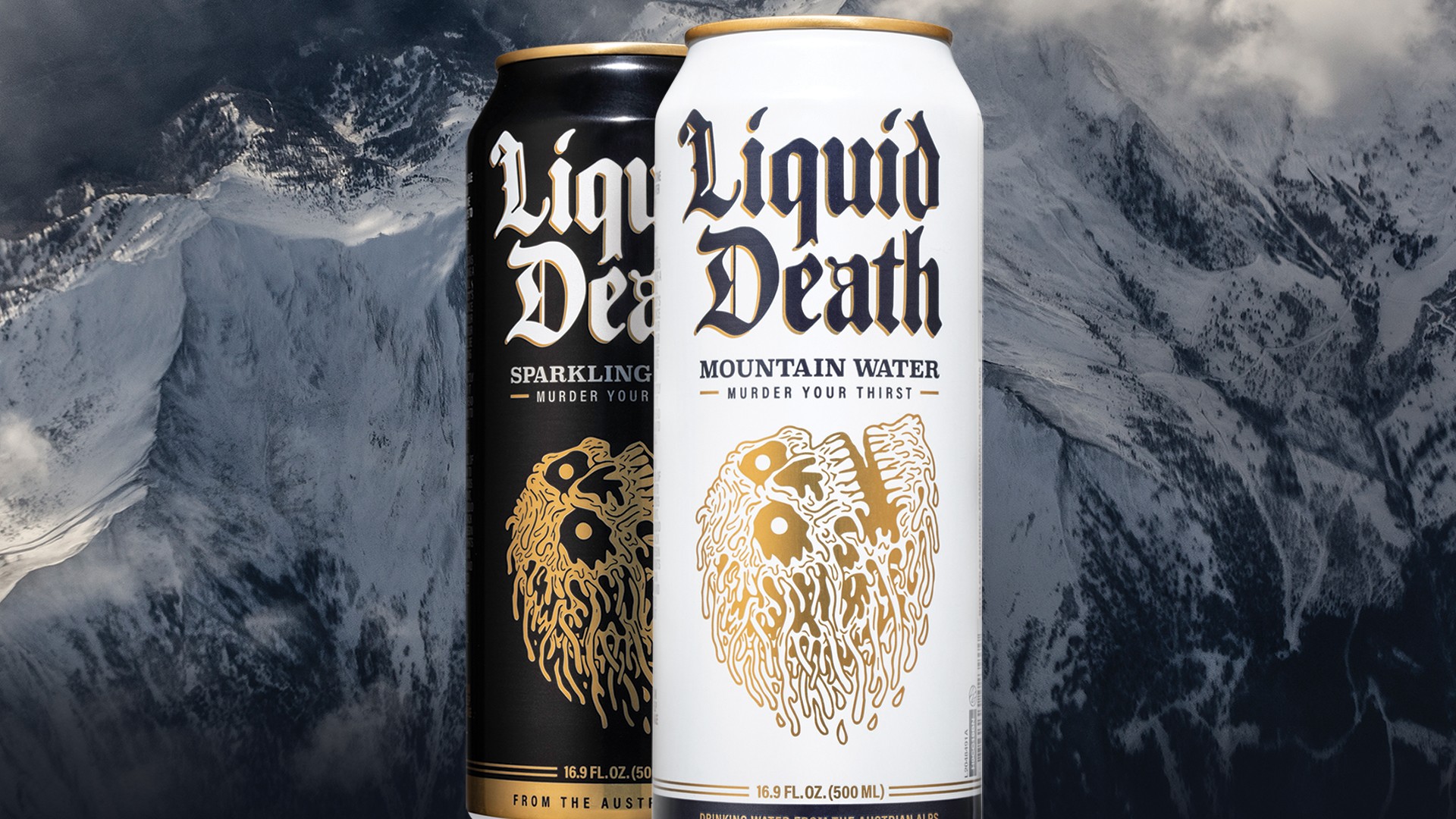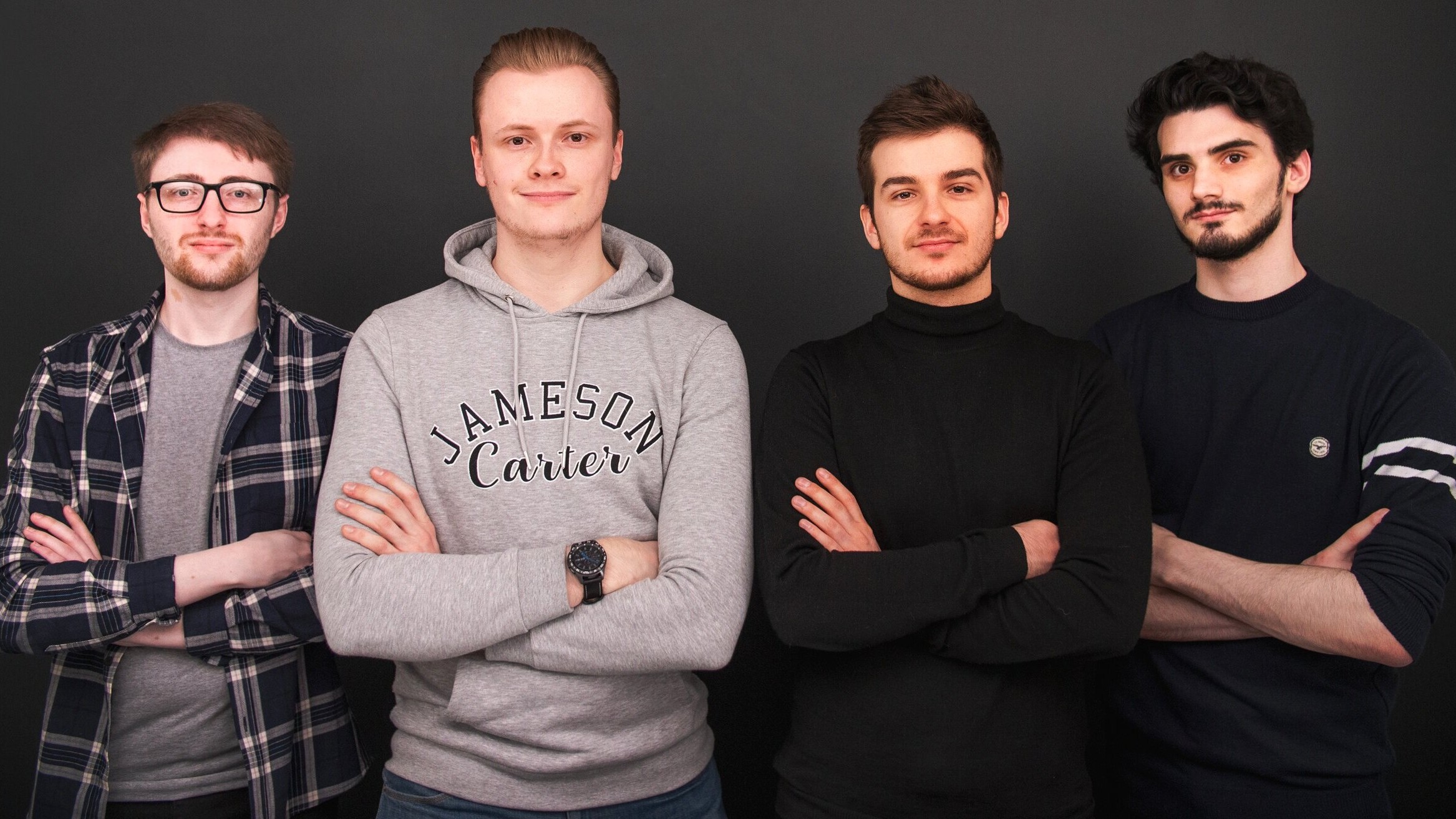Many famous brands fail to go global, and I think I know why
Corporate arrogance will always slam up against reality.

I'm sorry, but I can't stay quiet any more. I've watched too many household names on both sides of the pond waltz into new territories with misplaced confidence… only to retreat months later with a hefty hole in the balance sheet. And honestly? The mistakes are always the same.
Take Liquid Death, the canned water brand that's made millions in the US with edgy punk-rock packaging and slogans like "murder your thirst". Brilliant in Brooklyn. Baffling in Basingstoke. They launched in the UK in 2023, scraped together £2 million in sales over 18 months, then packed it in early 2025. Why? Because British consumers looked at a £5.50 four-pack of water—water—and thought, "nah mate, you're alright: I've got a tap."
The problem isn't that Liquid Death is a bad brand. It's that they assumed what worked in one market would automatically work in another.
You can't export culture
The inconvenient truth is this: brand personality doesn't travel well. What reads as confident and cheeky in one country can land as obnoxious elsewhere.
Americans are used to paying a premium for brand experience. But Brits? We're notoriously tight. Expecting us to shell out for fancy water when perfectly drinkable stuff comes out of the tap was always a stretch.
Prime Hydration learned this the hard way too. The influencer-juice went from £120 million in UK revenue in 2023 to £33 million in 2024; a 70% nosedive. Turns out that when the TikTok hype fades and teens realise they're paying through the nose for Lucozade with a YouTuber's face on it, they stop buying. Hype may get you in the door, but only repeat purchases keep you there.

None of this should be new to anyone. Think back to how Best Buy arrived in the UK in 2010 with plans for 200 big-box stores. They opened 11 before shutting shop in 2011, losing around $318 million. Their crime? Assuming UK shoppers wanted US-style megastores in out-of-town retail parks.
Daily design news, reviews, how-tos and more, as picked by the editors.
We don't. We like our high streets. We like popping into Currys on our lunch break, not driving 40 minutes to stand in an aircraft hangar full of televisions. Best Buy didn't bother to understand how we actually shop.
Tesco made the same mistake in reverse, with Fresh & Easy in the US. They rolled out small-format stores just as the 2008 recession hit. Americans prefer one massive weekly shop at a supersized store, not frequent trips to a dinky outlet with self-checkouts and shrink-wrapped veg. Tesco lost over a billion dollars before admitting defeat in 2013.
Timing matters, too. Walmart entered Germany in 1997, thinking they'd revolutionise the market with low prices and high volume. But that nation's consumers already had Aldi and Lidl; homegrown discounters who understood the local market intimately. Walmart's attempts to impose US corporate culture (mandatory staff smiles, no unions) went down like a lead balloon. They left in 2006, a billion dollars poorer.
Starbucks discovered something similar in Australia. They opened 85 stores but had to close 61 of them by 2008. Why? Because Australia already had a thriving café culture serving genuinely good espresso. Starbucks' sugary, milky drinks felt like an insult to a nation of self-confessed coffee snobs.

Here's what baffles me: all these companies had resources. Market research budgets that could fund a small country. And yet they still got it wrong. Because they didn't truly listen to the market they were entering. They assumed their brand strength would simply steamroll local preferences and rivals.
But culture isn't a bug to be ironed out; it's the whole thing. You need to understand why people buy what they buy, how they shop, what they value. And then, crucially, you need to adapt.
The brands that succeed globally treat each new market like a fresh challenge, not a conquered territory. They localise not just their language but their entire approach. They're humble enough to admit they don't know everything.
And if you don't? You'll end up as just another cautionary tale for the next cocky domestic brand that thinks it can conquer the world with a fancy logo and a fat marketing budget.

Tom May is an award-winning journalist specialising in art, design, photography and technology. His latest book, The 50 Greatest Designers (Arcturus Publishing), was published this June. He's also author of Great TED Talks: Creativity (Pavilion Books). Tom was previously editor of Professional Photography magazine, associate editor at Creative Bloq, and deputy editor at net magazine.
You must confirm your public display name before commenting
Please logout and then login again, you will then be prompted to enter your display name.
